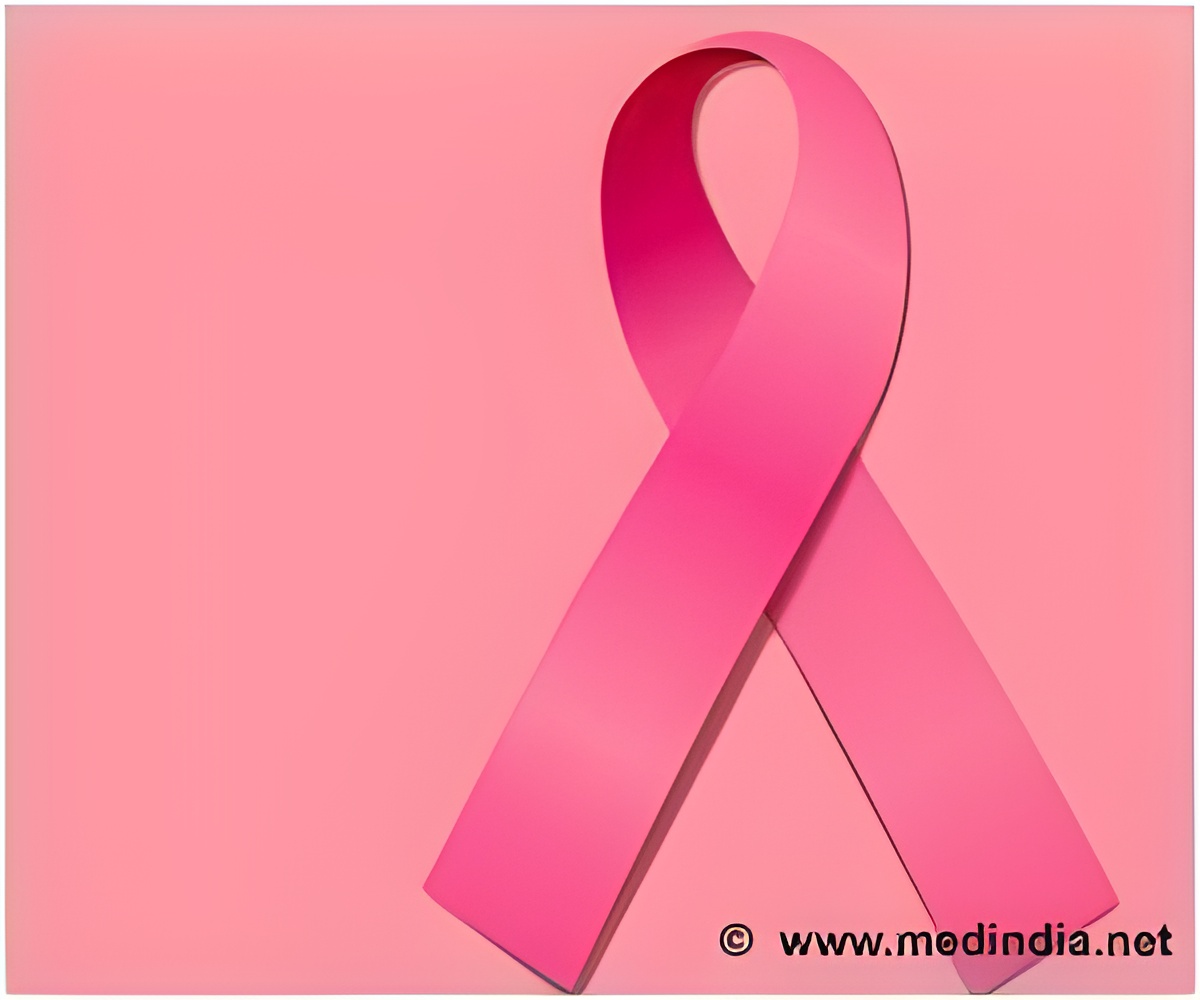During the ESMO 2012 Congress of the European Society for Medical Oncology in Vienna, new insights on the global fight to prevent cancers were presented.

"Increasing awareness of the importance of primary cancer prevention is an enormous health-political issue for the future," Prof Senn said. "If we do not become more successful in truly and significantly lowering the incidence of major cancer types, such as gastrointestinal and breast cancer in our ageing society, we will wind up with drastically increasing financial burdens for ever-more active treatment and care, besides the projected losses in working capacity and the accompanying burdens of human suffering." Study reveals confusion about cancer risk factors – tight underwear does not increase cancer risk... but obesity does!Many people are highly misinformed about the important role lifestyle factors play in raising their risk of developing cancer, according to a new research released at the ESMO 2012 Congress in Vienna.
A large proportion of people overestimate the cancer risk attributable to genetics, said Dr Derek Power, medical oncologist at Mercy and Cork University Hospitals, Ireland. On the other hand, many underestimate the cancer risks associated with obesity, alcohol and sunlight exposure.
"Many myths surrounding cancer risk are also still popular," said Dr Power, who was the lead author of the study. "For example, many people wrongly think that a blow to the breast, stress, wearing tight underwear, the use of mobile phones, genetically modified foods and aerosols are major cancer risk factors."
Dr Power and colleagues used a 48-question survey to assess knowledge about cancer risks among the general population. Overall, 748 people took part, including 126 who said they were healthcare professionals. The survey was carried out at University College Cork (UCC) by Lisa Burns and Ursula Kenny, both undergraduates in BSc Nutritional Sciences degree, in conjunction with Breakthrough Cancer Research and the Irish Cancer Society.
"Overall, 90% people, including healthcare professionals, believed genetics 'strongly' increases risk," Dr Power said. "More than one in four of the public believed that more than 50% of cancers are genetic. Incredibly 15% of people we surveyed believed lifetime risk of cancer is non-modifiable."
Advertisement
"This misinformation needs to be addressed in health promotion campaigns, emphasizing that diet and lifestyle including smoking account for 90-95% of cancers," he said. "Only about 5 to 8% of cancers, depending on cancer site, are due to an inherited gene."
Advertisement
Finding new ways to communicate how obesity and its precursors increase a person's risk of cancer could boost the efficacy of efforts to motivate weight loss and prevent weight gain, Dr Power noted. Awareness also needs to be raised about the effects of alcohol.
"We hope that by sharing these common misunderstandings and informing the public about proven cancer risks and prevention measures, we can help people to make lifestyle choices that will reduce their risk of developing the disease," he said.
Moderate alcohol intake and cancer: the role of under-reporting A large US cohort study in 129,987 persons suggests that the apparent increased risk of cancer among light-moderate drinkers is substantially due to underreporting of intake.
Although experts agree that heavy consumption of alcohol is related to increased risk of several cancer types, the role of light-to-moderate drinking is less clear, said Dr Arthur Klatsky of Kaiser Permanente Medical Care Program, Oakland, CA, USA. Some studies have suggested there is a connection, while others have found no link.
The results of the new analysis suggest that any apparent relationship between cancer risk and light-to-moderate drinking, meaning up to 2 standard sized drinks per day for men and one for women, may be largely an artifact of under-reporting—that is, lying about drinking amount.
"If some heavy drinkers answer surveys saying that they only drink lightly, the effects of heavy drinking then appear to be related to light-to-moderate intake," Dr Klatsky explained. "Our analysis inferentially supports this factor in our study population and it is probably applicable to most studies, as under-reporting of alcohol consumption is surely prevalent."
"There are plenty of reasons why people need to avoid heavy drinking, but these do not generally apply to light drinking," Dr Klatsky said. "All concerns about the risks of light drinking need to be balanced by the evidence that persons at risk of heart disease benefit from lighter alcohol drinking. This --with plenty of exceptions-- means most persons over 50."
Younger women at high risk of breast cancer, who will not see any cardiovascular benefits from alcohol for many decades, do not have this favorable balance of harm and benefit, Dr Klatsky noted.Encouraging doctors to quit smoking is no easy task, Turkish researchers findWhen doctors smoke, it makes it harder for them to encourage their patients to quit. That's one of the factors that encouraged Dr Fikri Icli and colleagues from Ankara University Medical School to try and reduce smoking rates among medical students at their institute.
In many parts of Europe, smoking is common among doctors, Dr Icli notes. "The highest prevalence rates among male medical students in Europe were reported from Greece (41%) and Spain (42%)."
In their study of 215 Ankara University medical students, Dr Icli's group found that 29.5% of male students and 22.6% of female students smoked. At the time of the initial survey, 60% said they only took up smoking once they entered medical school, and smoking rates tended to increase between the year of entry to medical school and the final year.
"Once they start smoking, it is difficult to quit. Therefore the best way to fight against smoking among physicians is the prevention of starting smoking," Dr Icli noted.
Between 2007 and 2012, the university implemented a series of programs aimed at stemming this increase. A Cigarette Fighting Group, composed of voluntary academic staff, nurses, students, psychologists and a social worker, was established including regular monthly meetings, "smoking or health" lectures and annual symposia.
By 2012, surveys showed that total smoking rates dropped 11%, and the smoking rate for 6th-grade students dropped from 35% in 2007 to 8.8%. On the other hand, although the university administration established a smoking cessation clinic for students, quitter rate didn't increase from 2007 to 2012.
That means that the success in cutting the smoking rate among medical students was mostly due to prevention of starting smoking after entry to medical school, Dr Icli said.
"Increasing awareness of medical students related to the threat of smoking on health in the community, recognition of their non-smoking physician role-models and their potential role in cessation programs probably helps to counteract the influences to start smoking."
Source-Eurekalert













